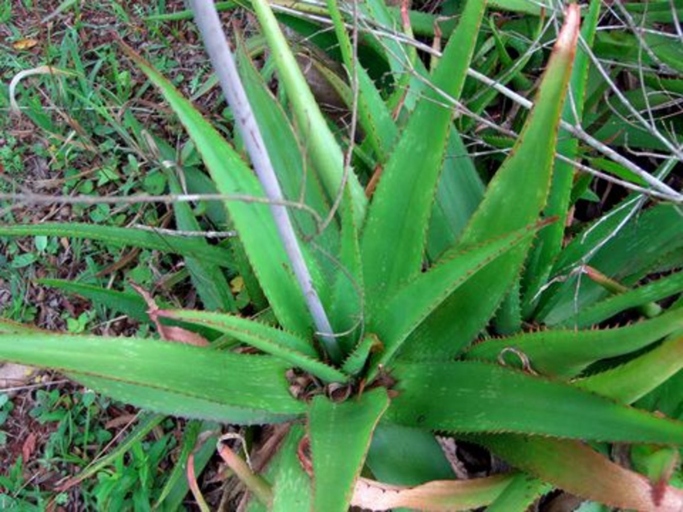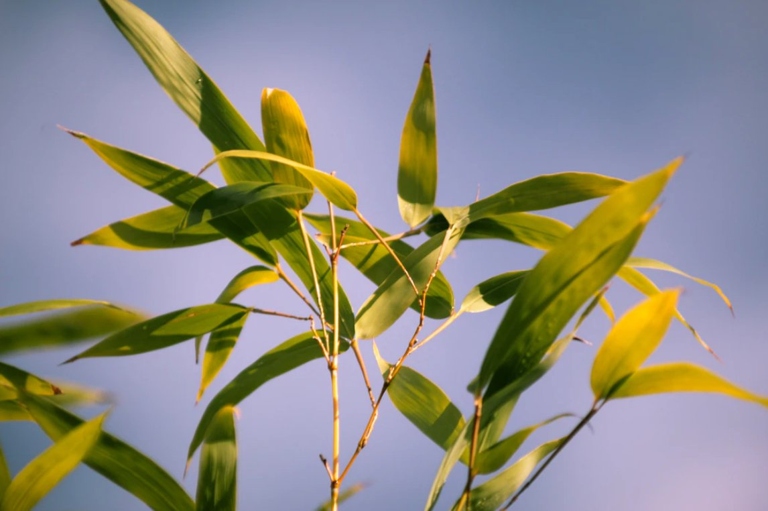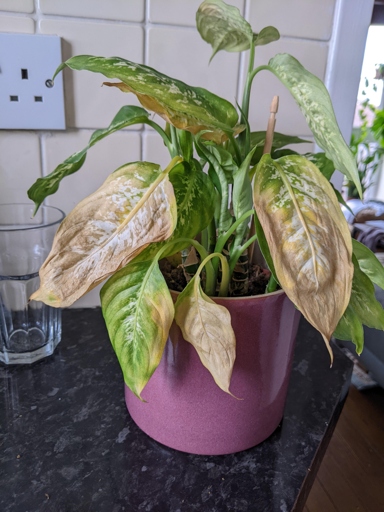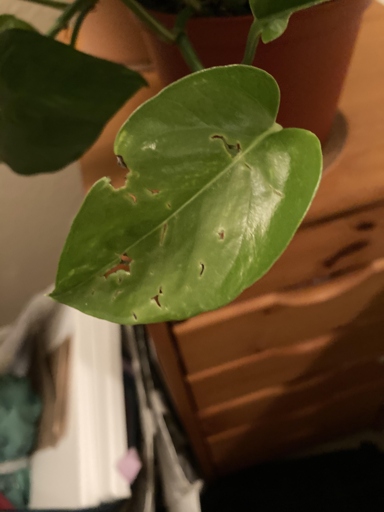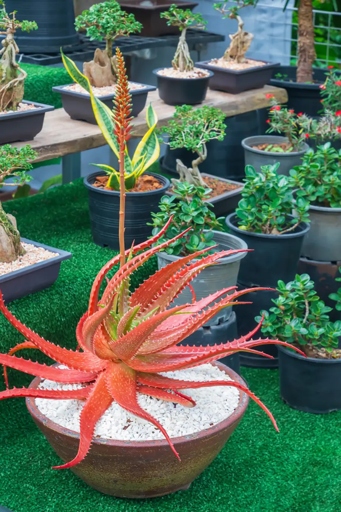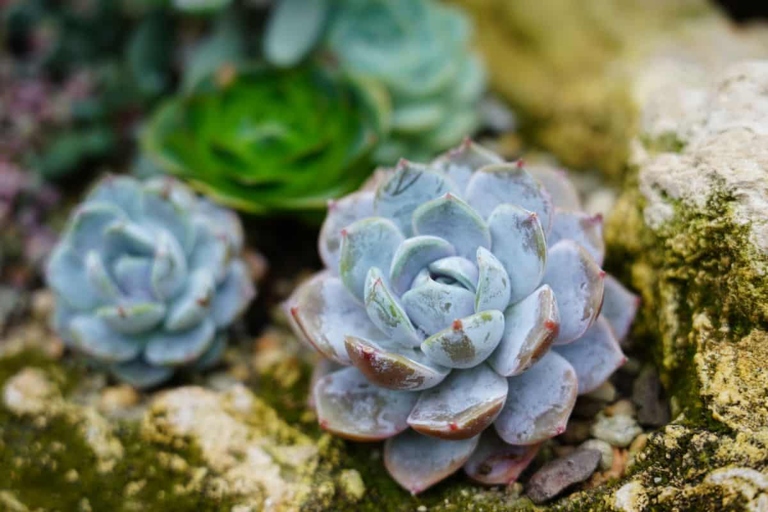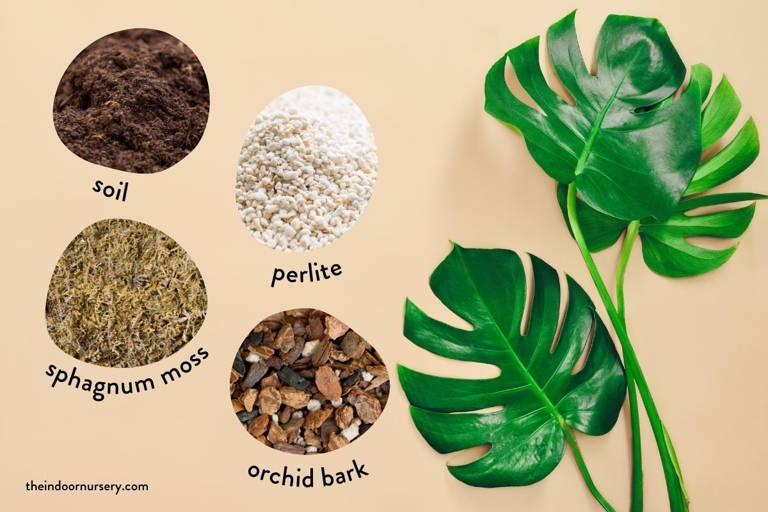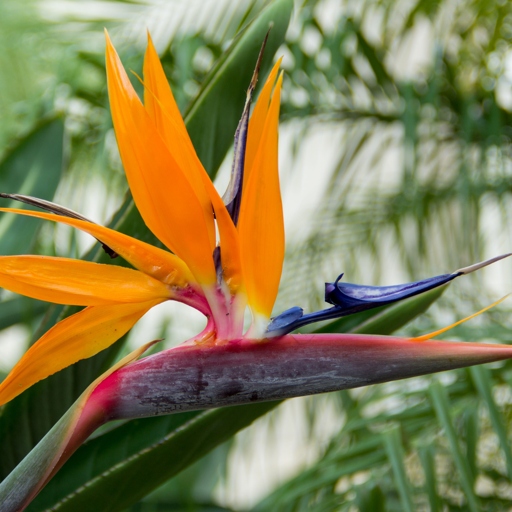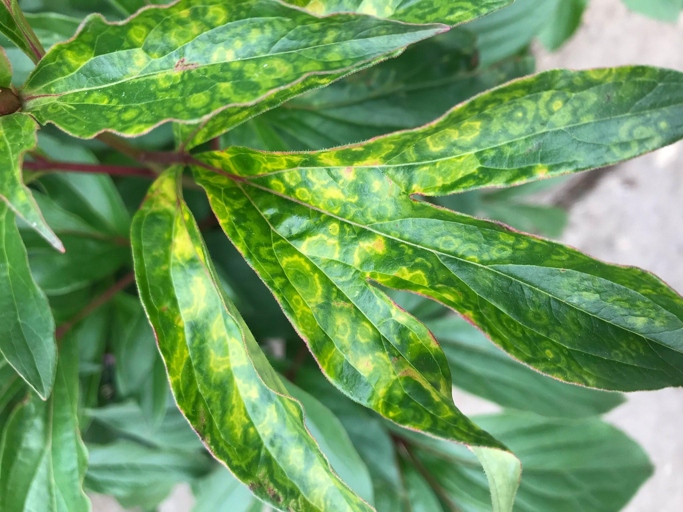Aloe Vera Root Rot (Signs, Causes And Solutions)
Aloe vera is a succulent plant that is widely used for its medicinal properties. The gel from the leaves is used to treat burns, wounds and other skin conditions. The plant is also used as a laxative. Aloe vera grows in warm, dry climates and is native to Africa. It is a popular houseplant and is easy to care for. However, aloe vera can suffer from root rot, which can kill the plant. Root rot is caused by too much water and can be prevented by allowing the soil to dry out between watering. If your aloe vera plant has root rot, you can try to save it by removing the affected roots and replanting in dry, well-drained soil.

